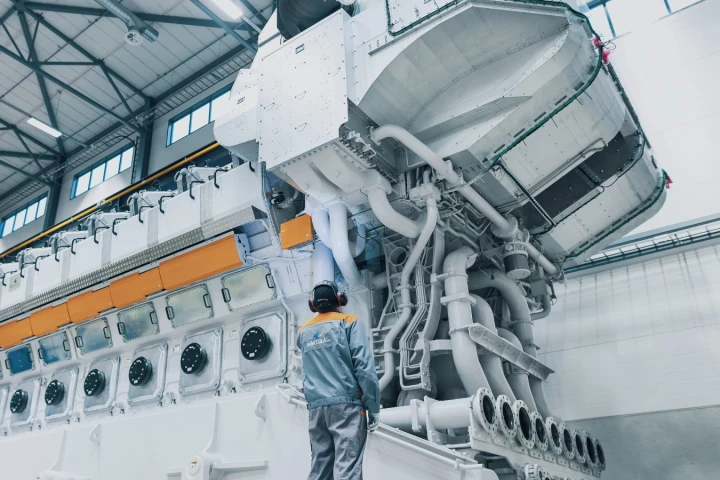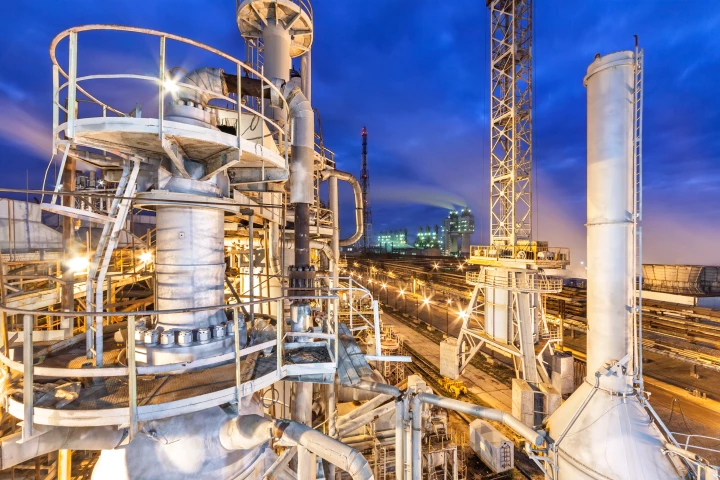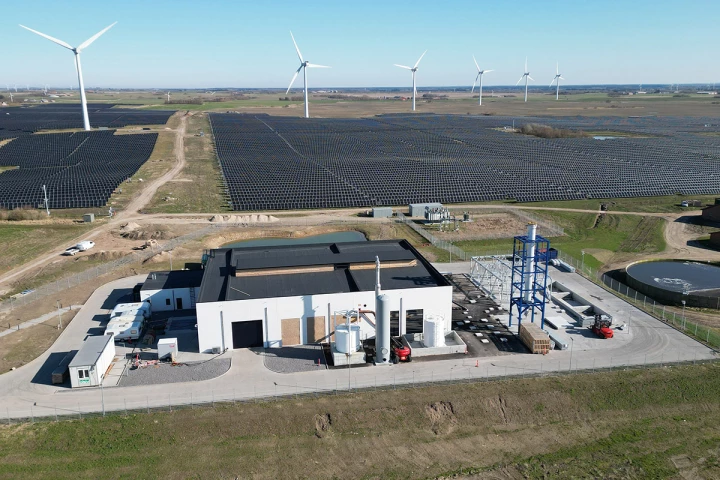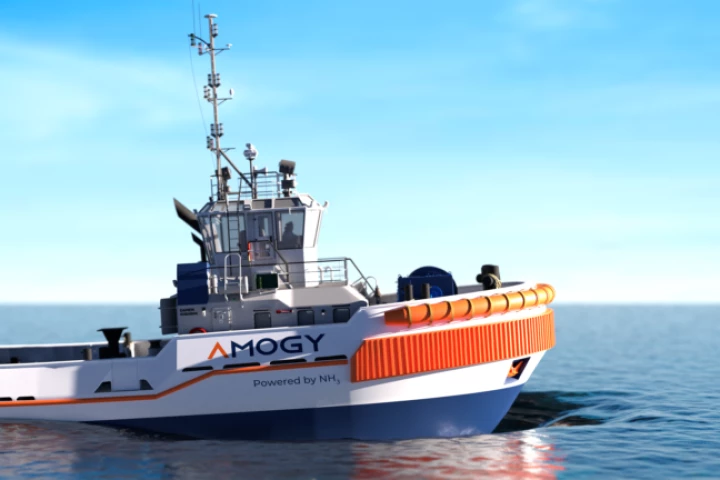Ammonia
The second-most produced chemical in the world, ammonia is used in huge volumes in agriculture, among other industries. Current production techniques are dirty and energy-intensive, but green ammonia has considerable potential as a clean fuel, storing more than 20 times as much energy by weight as today's lithium batteries.
R&D work is advancing quickly on new green ammonia production methods, ammonia engines for heavy marine, aviation, trucks, trains and mining equipment, and combustion-free ammonia fuel cells for converting it directly into electricity.
Featured Stories
-
September 03, 2021 | Loz BlainYou'll be hearing a lot more about ammonia as a clean fuel option in the race to zero carbon by 2050. In particular, it looks like a strong option for long-haul ships and trucks. So what is it, how is it made, and how does it shape up as green fuel?
-
November 30, 2022 | Loz BlainIf all the major green ammonia projects on our shortlist are completed on schedule, their combined production total will be more than half of today's global ammonia industry by the mid-2030s – eliminating nearly 1% of global carbon dioxide emissions.
-
November 29, 2021 | Loz BlainScientists at Australia's Monash University claim to have made a critical breakthrough in green ammonia production that could displace the extremely dirty Haber-Bosch process, with the potential to eliminate nearly 2% of global greenhouse emissions.
-
Once famous for building the world's biggest and most powerful engines, Finnish company Wärtsilä is investing heavily in technology to clean up the notoriously difficult heavy marine sector. CEO Håkan Agnevall lays out a roadmap to zero carbon 2050.
-
To find the right mix of metals for their green ammonia catalyst, scientists turned to AI. The result was a breakthrough that makes their technique of producing ammonia from air and water more efficient and much more accessible.
-
Ammonia has enormous potential as a fuel of the future, but most current production methods make it a dirty source of energy. Yet a new method from MIT that would derive the compound using the Earth's rocks and natural heat cleans it up considerably.
-
In the latest bid to greenify ammonia production, researchers have built a portable device to cheaply produce ammonia wherever it's needed by simply using air at room temperature and standard atmospheric pressure.
-
Three Danish energy tech firms have flung open the doors to the first ever green ammonia plant in the world, which is said to be capable of producing 5,000 tons of green ammonia per year, entirely from solar and wind energy.
-
The fertilizer used on around half of the food we consume is now one of the biggest drivers of human-made greenhouse gas emissions, with China, India, the US, Brazil and Russia the biggest polluters, according to a new global nitrous oxide report.
-
In 2021, Australian mining and cleantech company Fortescue announced a plan to float the world's first ammonia-powered ship by 2022. It's a bit late, and not quite as ammonia-powered as we hoped, but the Green Pioneer now appears ready to roll.
-
Green ammonia offers a solution to one of the hardest tasks in decarbonization: replacing diesel in large ships. Yara is stepping forward with a commitment to launch the world's first clean ammonia-powered container ship, ready for service in 2026.
-
Researchers have uncovered the mechanism by which our taste buds detect ammonium chloride, exemplified by the distinct taste of salty licorice. They say the discovery provides evidence for the existence of a sixth basic taste.
-
Ammonia has been proposed as a clean fuel for ships, airliners, trucks and trains, but China's GAC believes it could also have a future in passenger cars. It's built a combustion engine to test the theory, capable of reducing emissions by around 90%.
-
Traffic is among the biggest sources of air pollution, but what if the very roads they drive on could help clear the air? Engineers in Korea have now demonstrated that photocatalytic concrete can help reduce pollution in tunnels.
-
Having already rolled out the world's first ammonia-fueled tractor and the world's first ammonia-fueled semi truck, Brooklyn company Amogy has now got hold of a 1957 tugboat, and plans to have the world's first ammonia-powered ship sailing this year.
Load More














